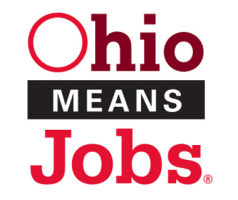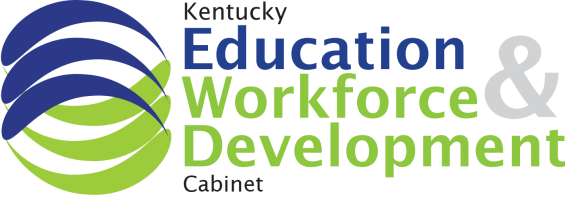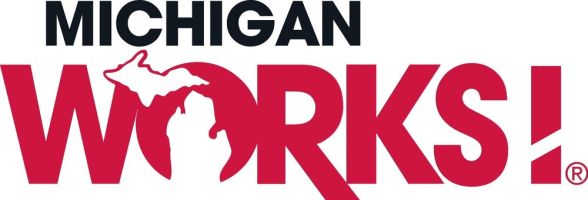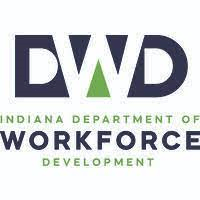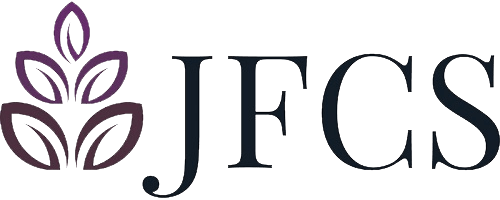Anne Brack, Management Consultant
Anne Brack has an impressive background in project management and supply chain management. Still, when she found herself in transition, she decided to take advantage of BPG’s project management professional exam preparation and Lean Six Sigma Black Belt certification training.
She recommends BPG training to experienced professionals because:
1. Credentialing confers respect — reducing the need to prove yourself over and over again.
2. Credentialing opened more doors than she expected it would – at businesses and staffing companies.
3. It helped her understand cultural vocabulary matters and that it is her job to use the right language and templates.
THE LIFE OF A MANAGEMENT CONSULTANT
Post-training, Anne became a certified project management professional (PMP). She has enjoyed a steady stream of consulting engagements with startups, small businesses, non-profits, and multimillion-dollar companies. Each engagement is different. Here’s a sampling of some of the consulting projects she has led recently.
Helping an Interior Designer Get on Track for her Dreams
Anne consulted with an independent interior designer with a long-term goal of having her own television show. The designer has children with special needs, is a volunteer, and an entrepreneur running her own business. She says yes to everything except for her dreams. Anne’s first step: Have the designer step back and focus on the Why part of her goal. Then she helped her client take time to write out her business plan and a month-by-month strategy.
Those two steps helped the designer distinguish between critical activities that could be outsourced and those that she needed to focus on. The designer hired a social media person and an operations manager. She’s focusing on her monthly goals and her contacts in Hollywood and at a major home improvement store. Anne is convinced that with her contacts, her business plan, and her WHY in place, this designer’s “a sure thing” to reach her goal.
Helping the Chief Operating Officer of a Non-Profit Build Project Plans
Anne’s ongoing role at a large nonprofit museum is to periodically sit with the COO in charge of the organization’s Project Management Office. He describes the upcoming projects to her. Then, they work together to identify milestones, confirm capacity, and define deliverables.
Helping a Large Company Upgrade their Project Management
Anne was hired to build a Project Management Organization (PMO) for a company that wanted to improve their project management. Anne realized they had not done the strategic work to determine if a PMO was the right path for them. Anne helped them do that srategic work by looking at several factors including the types and number of projects they handled (mostly building on existing projects), the cost of a PMO (meant hiring more people), as well as their revenue and growth goals. The result? The stakeholders realized a PMO was not necessary. They decided to hire a master project manager instead of building a PMO. (Sometimes a good consultant talks herself out of a long-term job.)
THE ROLE AND TOOLS OF A MANAGEMENT CONSULTANT
See a few common themes in how Anne approaches her engagements? Anne’s description of her work on LinkedIn sums them up “I help businesses figure out what their priorities are and how to get them done in the best way to get results.”
Hands down, Anne believes the most important part of the PMP process and the most important responsibility of the project manager is to define the requirements of the project sponsor and stakeholders so the project charter and deliverables can be written. She says “It’s the job of the PM to put things together.” Tools she acquired as part of her BPG training help Anne do this more efficiently. Pre-training, Anne looked at each project as a blank sheet of paper. Today she has a standard template she uses to work with stakeholders and map out current and future workflows. Two of her “go-to” tools are Value Stream Mapping (VSM) and SIPOC (suppliers, inputs, process, outputs, customers) Charts.
Anne uses VSM as an onboarding tool for projects. In one case, a client hired her initially to lead a VSM exercise. The company wanted to eliminate “fighting fires” that were part of a process that involved multiple customers, vendors, and departments. The outcome was almost amazing. As a result of detailing the map, process and behavior problems were immediately evident. In fact, some of them disappeared the very next day because once the players saw the bad behaviors, they stopped them (no coaching required).
SIPOCs are also a favorite tool because, Anne says, the discipline of completing the chart means you are less likely to forget a step and the clean visuals make it more likely you will see opportunities for improvements.
While Anne likes to have the master PM and LSS templates, she also believes one of her strengths – and responsibilities – as a project manager is to save, not waste, the time of her stakeholders. So, while she starts with a master project management template, she applies her experience and focuses on what needs to be done and eliminates the steps that are not necessary for a particular project.
WHAT IT TAKES TO BE A SUCCESSFUL MANAGEMENT CONSULTANT
Anne6 says: “An unflagging sponsor/champion on the leadership team who knows what you are doing and what you need because you can’t force change in an organization that doesn’t want to change. Lasting organization change is not grassroots work.” Anne also recommends “a thick skin” because change is hard and even when everyone says they want it, they will see you as the bad guy. You have to reframe yourself as a change agent.”
Unfortunately, Anne reports that she, and most of the women management consultants she knows, have also experienced some level of gender bias. Sometimes it may be unconscious: In body language, or acting like they didn’t hear her. Other times it’s intentional: Someone refuses to give her information or material she needs. She sees some male archetypes out there who “just have to dominate all the time and won’t be persuaded with gentle humor or refocusing on goals.” Whether unconscious or intentional, the bias means extra work to deliver the engagement goals. In those environments, having a strong sponsor/advocate is even more essential
Question to Readers:
We’re curious: Have you experienced (unconscious or intentional) sexism or any other “ism” in your project management work – as an employee or consultant? Share your perspective by going to BPG’s LinkedIn User Group. Not a member? Just go to the site and ask to join. We will welcome you in. Paste this link into your browser to reach our LinkedIn User Group: https://www.linkedin.com/groups/6542782/.

